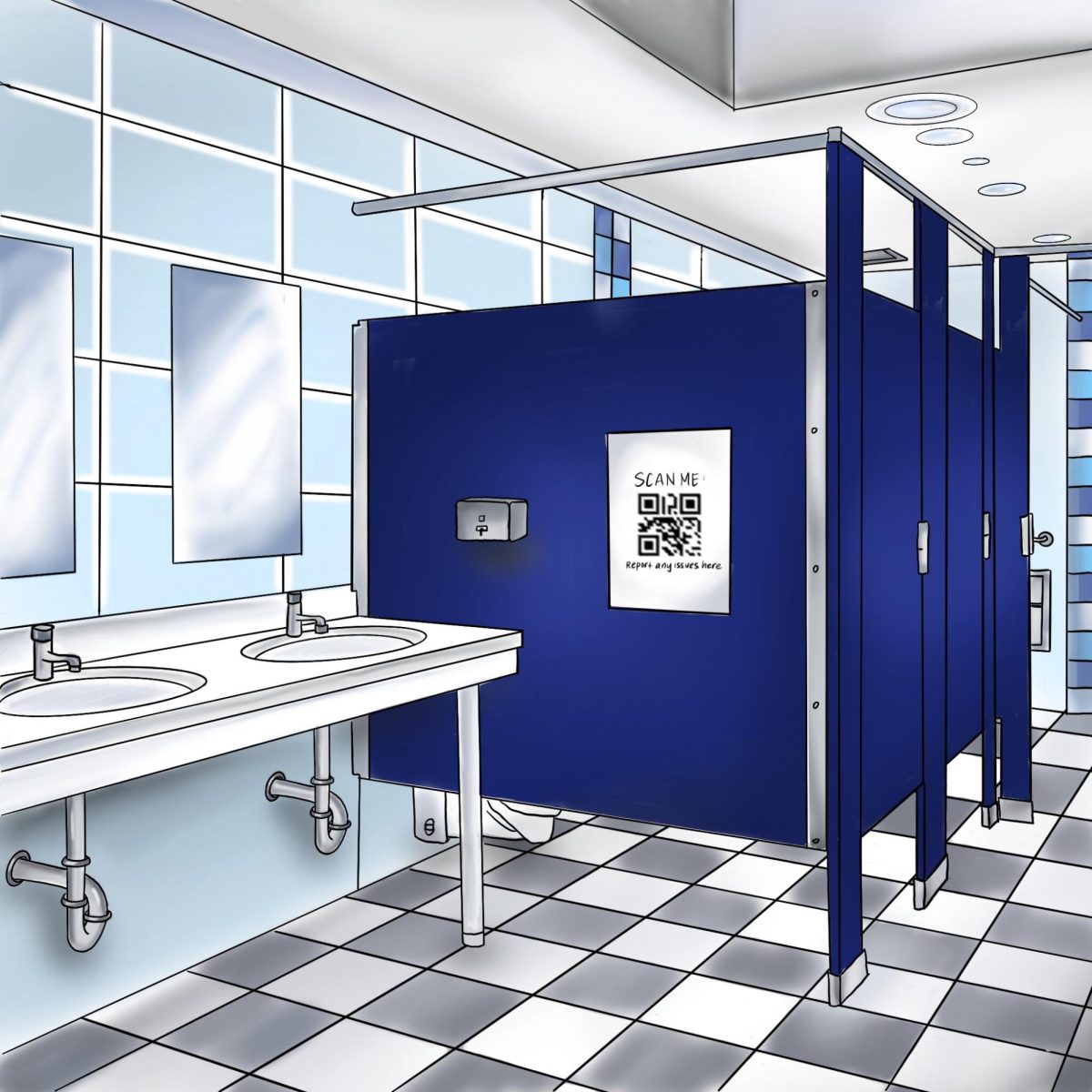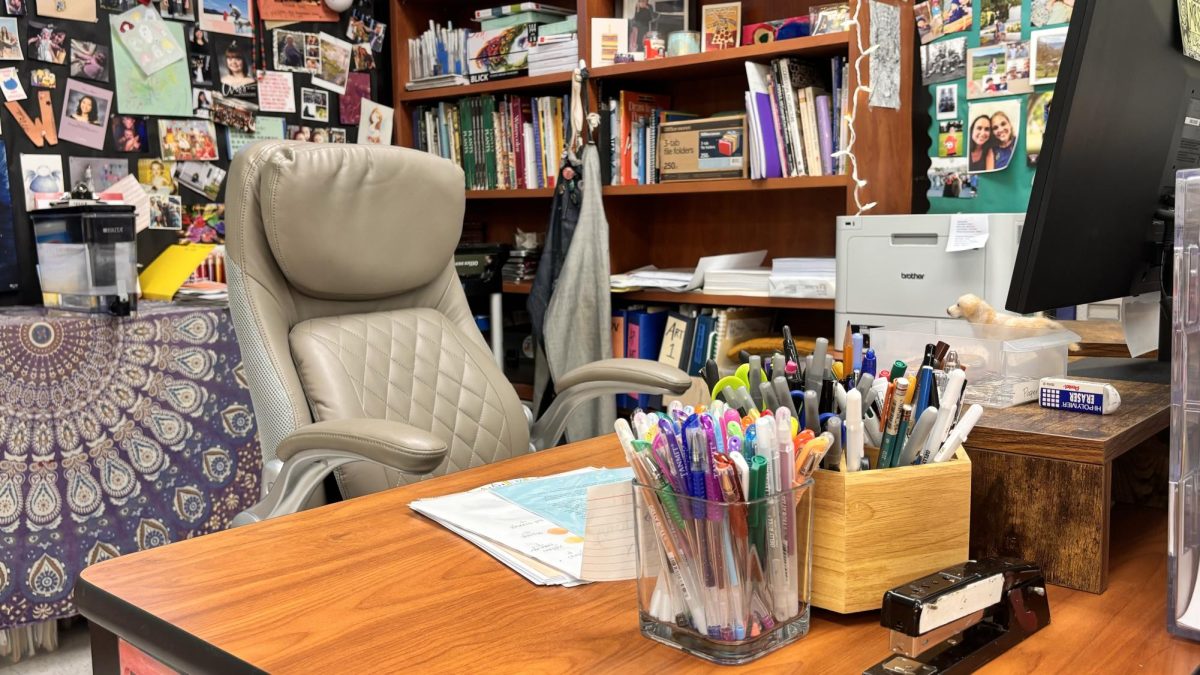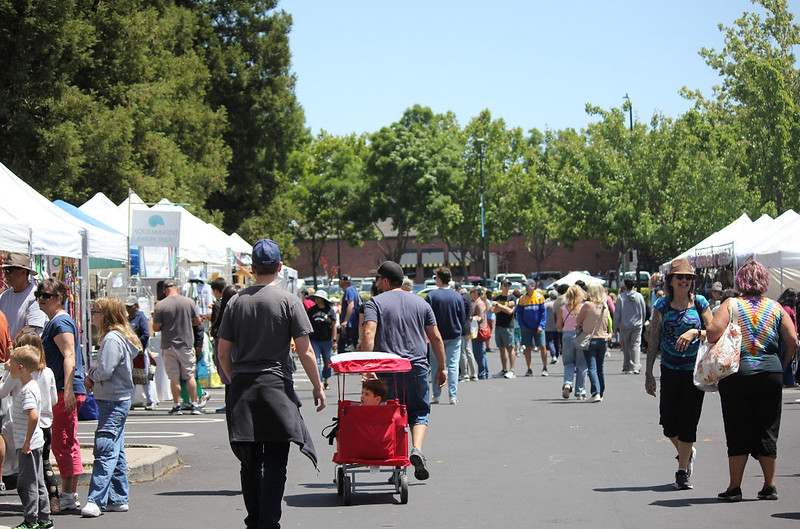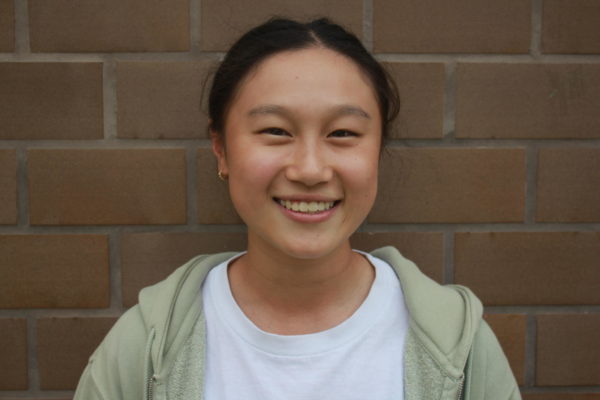The San Ramon Valley Unified School District (SRVUSD) launched a bathroom QR code system in December of 2023 that will soon be piloted across all 37 sites. This system was created for students to report restroom related issues including any deficiencies and malfunctions through scanning the QR code to access a Google form, in which their feedback will be sent directly to the director of custodial. While it was initially scheduled to be piloted at Dougherty Valley High School (DVHS), due to the recent transition to a new principal at DVHS, the system was first implemented at San Ramon Valley High School.
“Surveys are a good way [for] us to accumulate information [and] data that will help us do our jobs better,” Abdul Mixon, executive director of business operations for SRVUSD, said. “Twice a year, we’re going [to] conduct [surveys] regarding the cleanliness of our restrooms and just the overall cleanliness of our facilities [including] classrooms, lunch rooms, corridors, hallways, parking lots — just across the board [because] there’s always room for improvement.”
Despite this innovation to improve bathroom cleanliness, the students’ reactions haven’t been as responsive as the board hoped.
“There have been some fraudulent messages from some of the students but this was expected. We do expect [response rates] to increase within the next 60 to 90 days, but it has been relatively slow,” Mixon explained. “We launched it during the time when students were getting ready for Christmas break, [when they were] just coming back [and also when they were] getting themselves reacclimated to the classrooms, so we had to take [that] into consideration.”
As the administrator who oversees the construction and renovations of school property, Mixon deals with the day-to-day operations of multiple departments including transportation, maintenance, custodial and facilities, as well as reported concerns from students. Though reactions have been delayed, he believes the QR code system will be beneficial in the long run to help bridge the gaps in the cleanliness of their restrooms, which students had pointed out as an issue in previous surveys conducted at school sites.
Common sanitation-related issues students often bring up to the district include the general cleanliness of the school and how well-stocked the restrooms are. A notable factor for these issues is the staffing shortage across the board, which has significantly become a nationwide challenge within the past few years.
“[Though] it is tough to retain and hire employees, we can’t use this as an excuse to why we don’t maintain the highest level of excellence when it comes to our cleaning and making sure [each] restroom is [stocked with] supplies, so no excuses” Mixon affirmed.
Similarly, Chris Hamburger, the maintenance coordinator of SRVUSD who takes care of repairs and situation leaks, explained how having multiple workers absent on certain days hinders their ability to get their work completed on time.
“People are out sick and can’t make it to work which makes it a struggle to get priority jobs done. [Sometimes we] have to pull people from other departments to help us,” Hamburger said.
Ismail Al-Shabazz, the director of custodial operations who handles all custodial-related matters throughout the district, further explained how low staffing has a large impact on the sanitation levels at schools.
“After COVID, the cleaning standards should be at a certain level, so when you don’t have enough people to cover those vacancies or those areas, the cleaning quality is going to drop,” Al-Shabazz said.
In order to meet those standards, more precise cleaning methods have been enforced across the district. Custodians follow the A and B schedule, where the school is divided in half. Cleaning for all the classrooms will be split between two days, but bathrooms and trash are cleaned every day, even in emergency situations.
“Because we saw that the standards [weren’t] where they needed to be, [we also] created a custodial guideline and handbook in order for them to know exactly what needs to be cleaned in every space in order to address and raise the level of cleaning that we needed to be at,” Al-Shabazz shared.
The district is also putting together a facility long-range master plan that will go public. Architects are being sent to each school site to determine the updated facility needs needed at each particular school. The district will also release a booklet for students to access each individual site and see the proposed concepts.
Another big project that has been in the works since last year is bringing more unisex bathrooms to schools.
“[We] take necessary measures to adhere to needs, not just with technology but also wellness stations, gyms, gender neutral restrooms and changing rooms as well. [We] are well-aware,” Mixon said.
As mentioned, the district’s goal is to attend to their students’ needs, through methods such as incorporating AI into their work in order to keep up with the rapidly changing technology and stay efficient.
“AI is here to stay so we have to try to embrace it. It’s the reality,” Mixon said. “People’s lives are in our hands, so we have to act fast. We have to accept that we have to be responsive to staying on task. No [one] wants to hear excuses. Take care of business first and everything else comes second.”
SRVUSD tackles cleanliness concerns on campus
The district employs a mandated 24 hour response time for emails to ensure a priority in being responsive and resolving concerns quickly. However, even with the expectation that administration will respond quickly, there are times when issues won’t get addressed at all, due to them not being reported in the first place.
“A lot of times things are reported even [if] they’re obvious, [or] sometimes the custodian or teacher may not report it right away because they think somebody else must have reported it. So a lot of times it’ll fall through the cracks,” Hamburger said. “It doesn’t get reported until a couple of days later when somebody gets really upset and calls asking why we didn’t address it, and it may be [because] we’ve never heard of it.”
Because not all issues may be reported promptly or reported at all, this places greater emphasis on student responsibility for campus cleanliness.
“I think we all need to take ownership. Students, as well as the faculty staff, teachers, custodians — we all play a tremendous role in making sure that the school stays clean,” Al-Shabazz said. “So if students can make sure they pick up after themselves, put things in the right spaces and let us know when there’s an issue in a particular space, we can take care of it. If we all participated in the upkeep and care of the campus, it would improve everything across the board.”
While there is a team of custodians who take care of the overall cleanliness of the school, it is a team effort requiring the help of the whole school — every student or peer on campus needs to put in their part to keep it at its best condition.
“Students should hold their peers accountable. We should all take pride in our schools, [and like] adults, we should help [motivate] each other to do better. I think if it’s done more often, it will be helpful,” Al-Shabazz encouraged. “I love seeing the end result, [which is] a clean and healthy environment for anyone that enters into a facility. We are always the first ones in and the last ones to leave. Sometimes people don’t notice, but that’s part of our job. We try to make it as if nobody had ever been in the building before. And we do that every single day. [It can] get lonely and tiring, so you have to renew yourself every day.”
Without custodians, it would be difficult to maintain the clean and safe learning environment of SRVUSD. While it seems as though they’re always working behind the scenes, custodians are at the forefront of the school.
“Some call us janitors, but we’re not janitors. We’re actually custodians because we do so much more than in this realm of cleaning as a professional,” Al-Shabazz shared. “It’s good to be recognized for helping build and create that environment for learning. Without us, nothing would function. Because if we’re not there, then the school [won’t] open.”






